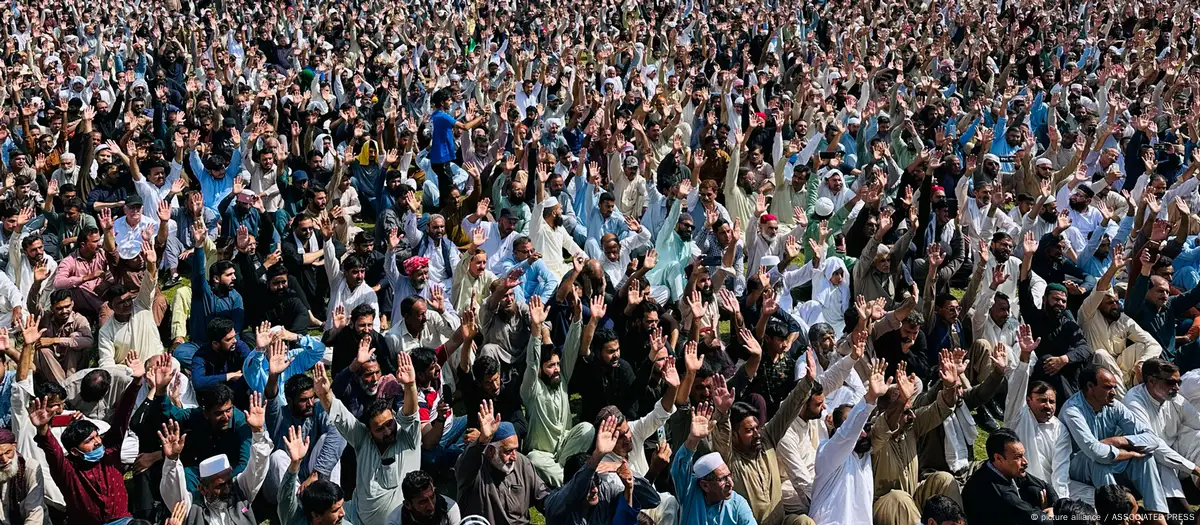Violent protests in Pakistan-administered Kashmir have resulted in at least eight deaths, including three policemen and five civilians. The unrest, which began on Monday, stems from political grievances and growing public dissatisfaction in the region. Officials have responded with internet blackouts and media restrictions as tensions continue to rise.
Suspect Identified in Greater Manchester Synagogue Terror Attack That Killed Two
What Happened in Pakistan-Administered Kashmir
Protests erupted in Muzaffarabad, the capital of Pakistan-administered Kashmir, on Monday, as thousands of residents demanded the abolition of privileges granted to the political elite, including free electricity and expensive government vehicles. The demonstrations quickly escalated into violent clashes with security forces.
At least eight people have been killed during the unrest—three police officers and five civilians. The scenes of violence included bullet casings, broken glass, and scattered stones throughout the area.
In response, the Pakistani government imposed internet and mobile service restrictions and warned local media against covering the unrest, aiming to limit communication and control the narrative.
Protests and Clashes
The protests are led by the Awami Action Committee (AAC), a group advocating for local rights. AAC leader Shaukat Nawaz accused police of using excessive force, stating, “The bullets being fired for us are used against the enemy in Pakistan and are now being used against us.”
Protesters are calling for the removal of extreme benefits for politicians and criticizing the government’s failure to address local economic issues. The strike, supported by businesses, schools, and transport services, has intensified unrest and drawn nationwide attention.
Pakistani Government’s Response
In reaction to the violence, Prime Minister Shahbaz Sharif announced plans for talks with protest leaders and proposed establishing a committee of senior officials to investigate the incidents. Sharif expressed his readiness to resolve the crisis, stating, “The government is always ready to solve the problems of our Kashmiri brothers.”
While the committee aims to calm tensions, the violence highlights the deep-rooted political and economic issues that continue to affect the region.
Historical Background of the Conflict
Kashmir has been a contested region between Pakistan and India since their independence in 1947. The region remains divided, and both nations maintain territorial claims. The decades-long struggle has cost countless lives, and the recent protests mark another chapter in the troubled history of the area.
Public and Social Media Reactions
The protests have drawn attention both nationally and internationally, with many on social media sharing graphic images and videos of the unrest. Calls for justice, peace, and resolution have grown louder as the violence continues.
What Happens Next
The government has expressed its willingness to address grievances through dialogue, but the outcome of these efforts remains uncertain. The protests in Pakistan-administered Kashmir underscore the persistent political and economic inequalities in the region and highlight the urgent need for reforms.
Conclusion
The violent protests in Pakistan-administered Kashmir are a stark reminder of the region’s ongoing political instability and deep economic grievances. As the government moves toward dialogue, resolving the crisis will require addressing the root causes of unrest, protecting civil rights, and ensuring a fair and peaceful future for the people of Kashmir.


1 thought on “Violent Protests in Pakistan-Administered Kashmir Leave 8 Dead, Spark Calls for Resolution”